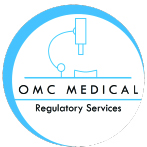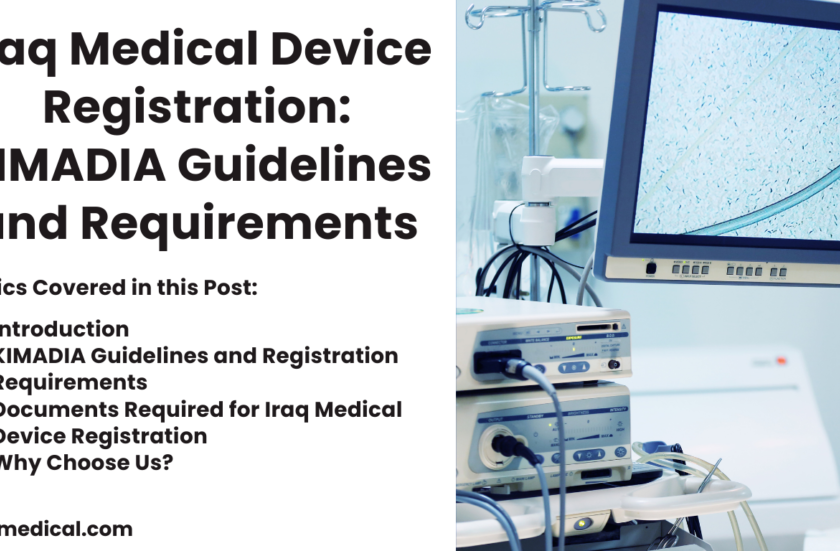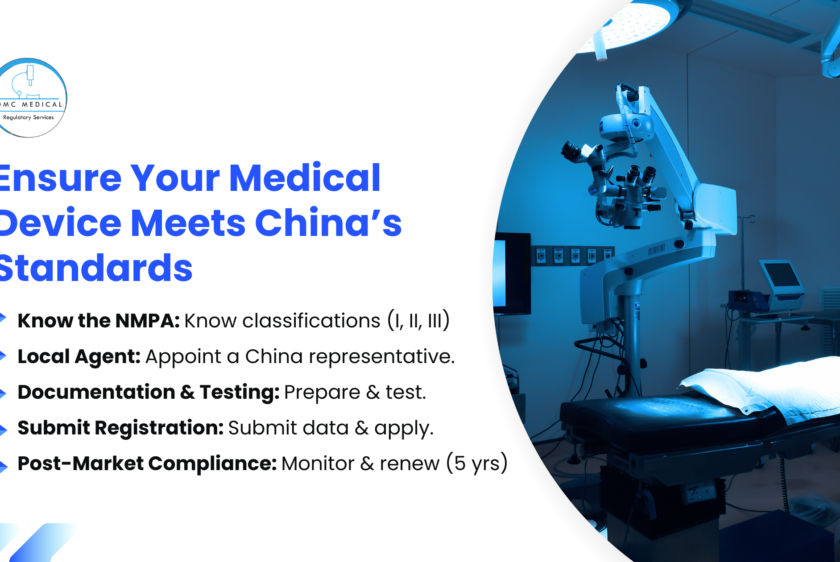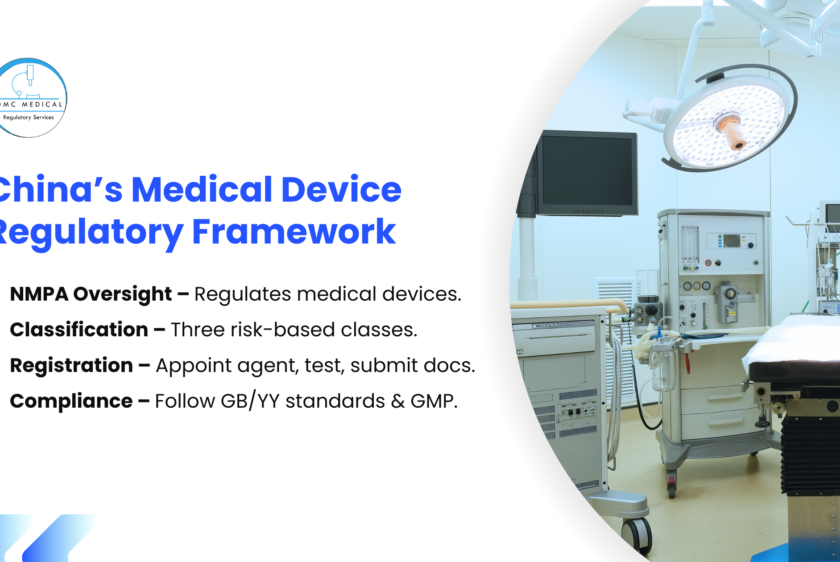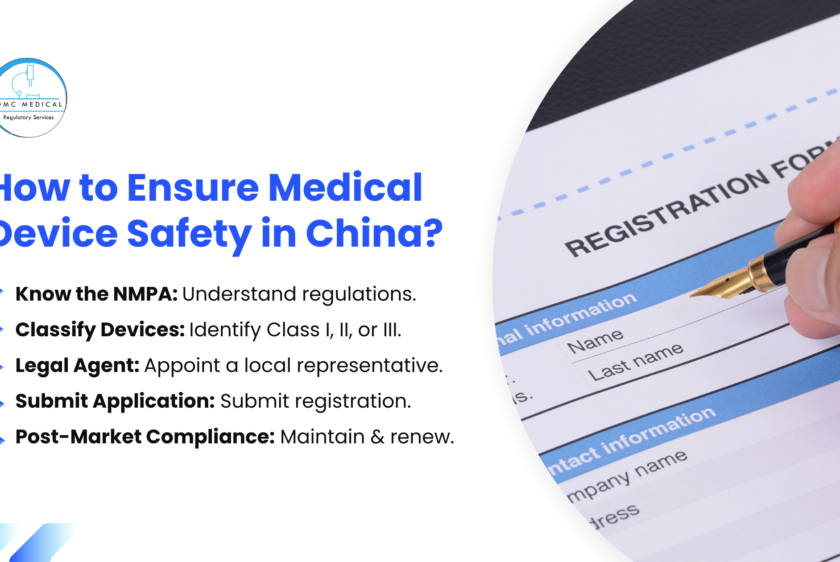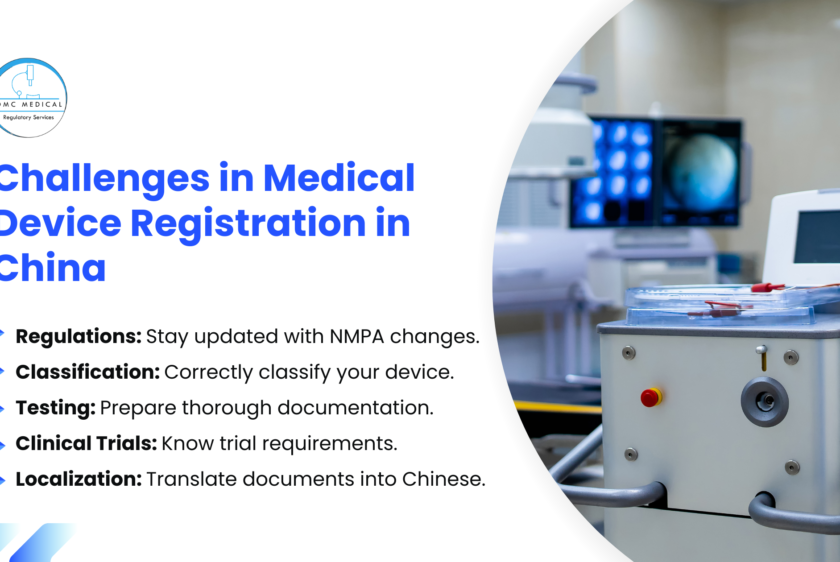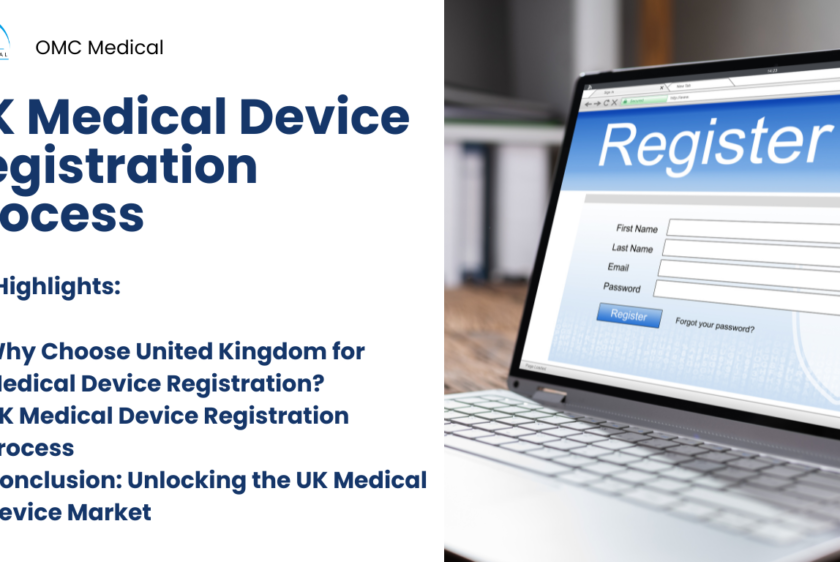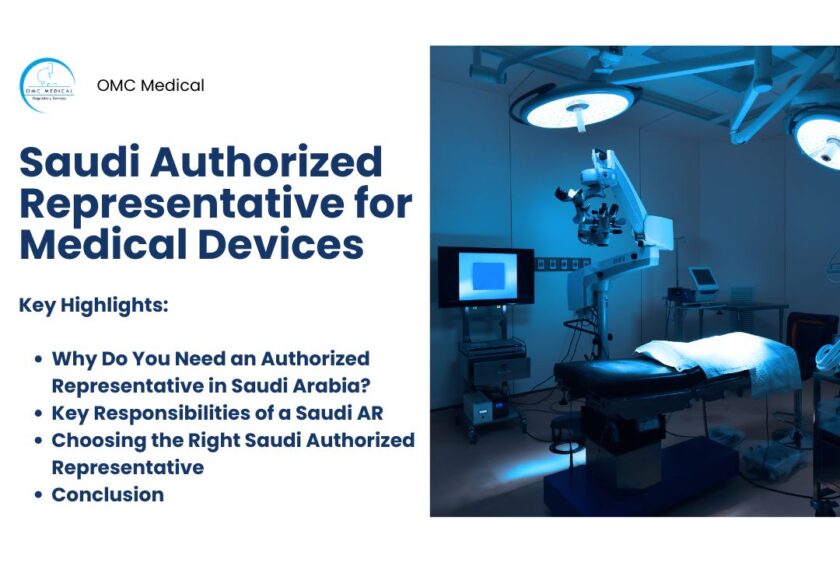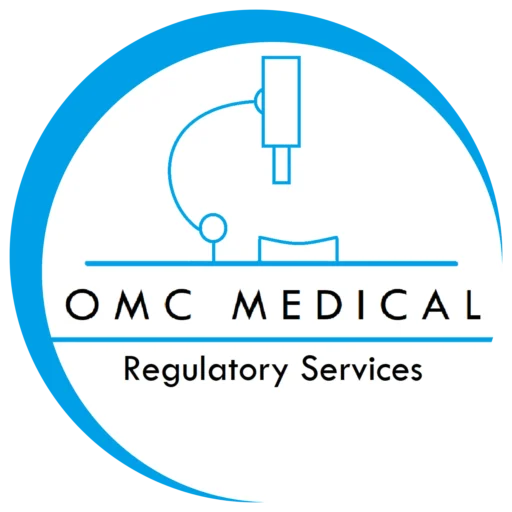Articles
Iraq Medical Device Registration: KIMADIA Guidelines and Requirements
Navigating Medical Device Registration with Iraq’s Regulatory Authority: KIMADIA Guidelines and Requirements Regulatory Authority State Company for Marketing Drugs and Medical Appliances (KIMADIA) “Kimadia” refers to the Iraqi State Company for Marketing Drugs and Medical Appliances. It is a governmental organization responsible for procuring and distributing pharmaceuticals and medical supplies within Iraq, including through tenders and procurement processes. When “Kim...
How to Ensure Your Medical Device Meets China’s Regulatory Standards?
China’s medical device market is one of the largest and fastest-growing in the world, making it an attractive destination for manufacturers. However, navigating the complex regulatory landscape set by the National Medical Products Administration (NMPA) can be challenging. This guide outlines the key steps to ensure your medical device complies with China’s regulatory requirements, from initial planning to post-market surveillance. Key Regulatory Body: Understand China’s Medical...
China’s Medical Device Regulatory Framework and NMPA Guidelines
China has emerged as one of the largest and fastest-growing markets for medical devices, making regulatory compliance essential for manufacturers looking to enter this competitive landscape. The National Medical Products Administration (NMPA), formerly the China Food and Drug Administration (CFDA), oversees the regulation of medical devices in China. Understanding the NMPA’s regulatory framework and guidelines is crucial for ensuring smooth market entry and compliance. The NMPA opera...
How to Ensure Medical Device Safety in China? Quality Control Standards
China’s medical device market is one of the largest and fastest-growing in the world. However, ensuring compliance with the country’s strict quality control standards is essential for manufacturers seeking market approval. This guide provides an in-depth look into China’s medical device quality control requirements and offers tips on maintaining high standards to ensure product safety and regulatory approval. Let’s begin, Understanding China’s Regulatory Framework The Nationa...
Common Challenges in Medical Device Registration in China & How to Overcome Them
Navigating the medical device registration process in China can be complex due to stringent regulatory requirements, evolving standards, and regional variations. Understanding common challenges and how to overcome them is crucial for a successful market entry. This blog highlights key obstacles and provides actionable solutions to streamline the process. ...
UK Medical Device Registration: Everything You Need to Know When it comes to introducing your medical device to the UK market, compliance with the Medicines and Healthcare Products Regulatory Agency (MHRA) is a must. The MHRA is responsible for ensuring that all medical devices in the UK meet the highest standards of safety and efficacy. In this guide, we’ll walk you through everything you need to know about the United kingdom Medical Device Registration process, from the initial c...
Complete Guide to SFDA Classification in Medical Device & MDMA in Saudi Arabia Bringing a medical device to market in Saudi Arabia involves more than just innovation; it requires a clear understanding of the Saudi Food and Drug Authority (SFDA) regulations. In this blog, we will cover the SFDA classification system, the process of obtaining Medical Device Marketing Authorization (MDMA), ensuring compliance with Saudi Arabia medical device regulations and how the Medical Device Establis...
Beauty Beyond Borders: A Comprehensive Guide to Cosmetic Regulations in Saudi Arabia
A Guide to Cosmetic Regulations in Saudi Arabia In recent years, the beauty and cosmetics industry has witnessed exponential growth worldwide, breaking down geographical barriers and creating a global marketplace. One country that has embraced this transformative trend is Saudi Arabia, where the beauty industry has flourished, reflecting the changing cultural landscape. However, with growth comes the need for regulations to ensure consumer safety and product quality. Legal Framework for Cosmetic...
Saudi Authorized Representative
Saudi Authorized Representative for Medical Devices Medical device manufacturers aiming to enter the Saudi market must comply with the Saudi Food and Drug Authority (SFDA) regulations. For companies without a legal entity in the Kingdom of Saudi Arabia (KSA), appointing a Saudi Authorized Representative (Saudi AR) is a mandatory requirement. This post explores the responsibilities of a Saudi AR and the advantages of working with medical device regulatory consultants in Saudi Arabia. Why...
